|
These guys are not going to win a beauty pageant, but you have to admit how many pink with gray/black stripes reptiles do you see? Where they live they are far from the only odd ball characters you will find! Location: Galapagos Status: Critically Endangered Population: 200 Pink Land Iguana The Pink Land Iguana is only found atop the active Wolf Volcano on Isabela Island in the Galápagos archipelago, on just under a 10 square mile piece of land. The Galápagos Islands (called an archipelago) are located off the western coast of South America in the Pacific Ocean. There, animal species were able to evolve isolated from other mainland creatures, leaving a legacy of oddball characters from giant tortoises to tropical penguins. These guys can reach over three feet in length, weigh about 25 pounds and live for approximately 60 years. They are primarily herbivores and feed on prickly pear leaves and fruit. Fun Facts Believe it or not, Pink Land Iguanas have been living in the Galápagos for millions of years but they were only discovered in 1986 and in 2009 they were determined to be a seperate species than other land iguanas on the island. They were added to the critically endangered after an expedition estimated their population at only a bit over 200 individuals. Now I'm sure you wondering why are they pink? The pink colouration is due to the lack of pigment in their skin which allows you to see the blood underneath. Pink Iguanas are cold blooded and must absorb heat daily by sunning themselves on volcanic rock. Click on the sources below to learn more about the Pink Land Iguana, what is being done to help their populations, and how you might get involved. (source: Galapagos Conservation Trust, Live Science, All Things Nature, Re:Wild and Aurifil) Check out the May Aurifil Color Builder Thread Club Patterns!
Though they may look cute and cuddly, but they are no domestic cat. These wild felines are fairly solitary creatures. 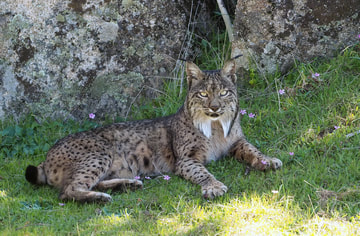 Location: Southern Europe: Portugal, Spain Status: Endangered Population: 404 The Iberian lynx Very few people have ever seen an Iberian lynx in the wild. Along with being extremely rare, it is also one of the most elusive species in the world. They lived in some of the wildest and most remote parts of Spain and Portugal. Not to mention that they have amazing camouflage and are very difficult to see. But it's not just camouflage that makes they harder to find, in recent decades their primary food source was dwindling quickly. Diseases had decimated the rabbit populations and it took a huge toll on the Iberian lynx population. Along with poaching and habitat loss also contributed to the lynx population's steep decline. The WWF has been calling for the implementation of measures to help rabbit populations to recover. Because of this reintroduction of healthy rabbit populations, the lynx numbers have been on the rise! Camera trapping the cats Due to the elusive nature of these majestic creatures, they have been implemented camera traps to count and track the Iberian lynx. It is one of the most closely monitored species in the world. Its remaining habitats in Doñana and the Sierra Morena, Spain, are scattered with these high-tech cameras, which help WWF conservationists to better understand and protect the lynx. Fun facts Iberian Lynx are about 3 times the size of the average house cat. Though they are conviores, Lynx do not pose a threat to humans in the wild and have never killed a person. Though the reverse can not be said. Their diet is composed of 90% rabbits. Some more fun facts, females are only pregnant for 2 month before having their litter, primarily in the spring. They can also jump up to 16 feet and run at speeds of 50 mph. Ever wonder about those tufts on the tips of their ear are? The tufts, sometimes known as lynx tips (say that 5 times fast), are the fur that grows from the tips of the ears. According to Catster, cat ear tufts work to keep debris away and help to filter sound directly into a cat's ears. Click here to learn more about the Iberian Lynx, what is being done to help their populations, and how you might get involved. (source: WWF, Live Science, Kiddadl, Aurifil) Check out the April Aurifil Color Builder Thread Club Patterns!
Location: Mesoamerican Reef, Coastal East Africa, Coral Triangle, The Galápagos, Gulf of California Status: Endangered Population: Between 85,000 and 90,000 nesting females There are seven species of Sea Turtles found around the world: Hawksbill, Loggerhead, Leatherback, Olive ridley, Green, Flatback, Kemp's ridley. Nearly all species of sea turtle are now classified as endangered, with three of the seven existing species being critically endangered. The sex of baby sea turtles are determined by temperature. With global warming affecting not only sea temperature but land temps as well, the nesting ground are warmer skewing the sex ratios, resulting in more female sea turtles. The decline in their population are affected by many things, encroachment of nesting grounds, by catch- where incidental sea turtles are capture for example is commercial fishing nets, as well thousands of turtle are caught and used in illegal trade, for direct consumption of their meat, eggs and other uses of the shell and leather made from their skin. Fun facts According to the Turtle Conservation Society, most turtle species live from 10 to 80 years but some of the large species of sea turtle can live to be 400-500 years old! Pretty impressive since only one hatchling in one thousand, and one in 10,000 will survive to adulthood They don't reach sexual maturity till they are between 20-30 year old. Females will return to the same beach year after year where they were hatched, to lay their own eggs and bury them in sand ‘nests’. Marine turtles’ amazing ability to navigate comes from their sensitivity to the Earth's magnetic fields. More fun facts turtles do not have teeth, but a sharp beak made of the same material as your fingernails. They also have tails and some claws on their flippers. They cannot retract into their shell like many terrestrial turtles. The largest species of sea turtle in the oceans today are the Leatherback turtles. They can be as large at 6-9 ft long and weight up to 1500 lbs! Hope you enjoyed some fun facts out the glorious sea turtles.Click here to learn more about the Sea Turtles, what is being done to help their populations, and how you might get involved. (source: WWF, Factretriever, Aurifil) Check out the March Aurifil Color Builder Thread Club Patterns!
The color red and cuddly cuteness, both go hand in hand with Valentine's Day right? Ok that may have been a bit of a stretch but you have to admit these fuzz balls are adorable, who wouldn't love them. Location: Eastern Himalayas Status: Endangered Population: Less than 10,000 The Red Panda Their scientific name Ailurus fulgens, meaning fire-colored, or shining, cat, a fitting description, also know by some other unusual names one you might know pretty well! The lesser panda, cat-bear, bear-cat, Himalayan raccoon, fox bear and firefox, according to the San Diego Zoo. The mascot of the Firefox Web browser is a red panda, according to Mozilla. These skillful, acrobatic, and predominantly tree-bound animal are roughly the size of a large house cat. They use their long, bushy tails for balance and to cover themselves in winter, presumably for warmth. Living primarily in the Himalayas they definitely need a warm furry coat. They are primarily an herbivore but do eat insects. Fun Fact, Red pandas do not have paw pads like what you see on dogs and cats but instead have fur covering the soles of their feet. It is believed to add extra insulation from the cold and help grip onto slippery, mossy branches. Click here to learn more about the Red Panda, what is being done to help their populations, and how you might get involved. (source: WWF, Live Science, Aurifil) Check out the February Aurifil Color Builder Thread Club Patterns!
We are so excited to share with you this year's long quest directing attention to 12 remarkable endangered species, we are kicking off the new year with the Sumatran Elephant. Location: Borneo and Sumatra Status: Critically Endangered Population: 2400-2800 The Sumatran Elephant A study of one of the most iconic and majestic animals in our earth's history. Throughout this year, Aurifil and Toadally Quilts will work to generate increased awareness of and compassion for some of the most critically endangered species. They are collaborating with Earth League International and we encourage you to follow along with us to learn more about the featured animals. In 2012, the conservation status of the Sumatran elephant was upgraded from endangered to critically endangered because half of its population had had been lost in one generation, a decline that is largely due to habitat loss and as a result of human-elephant conflict. Sumatra is experiencing an alarming high rate of deforestation thanks to the pulp and paper industries and oil palm plantations. Over two-thirds of its natural lowland forest has been razed in the past 25 years and nearly 70 percent of the Sumatran elephant’s habitat has been destroyed in one generation. Elephant numbers have declined by a staggering 80 percent in that time, confining some herds to small forest patches. These populations are not likely to survive in the long-term. Click here to learn more about the Sumatran Elephant, what is being done to help their populations, and how you might get involved. (source: WWF, Aurifil) Check out the January Aurifil Color Builder Thread Club Patterns!
So for those of you who may not be familiar with the Aurifil Color Builders Thread Club, here's the low down. It is a monthly club the delivers 3 large spools of Aurifil 40wt thread, curated to go with a Cassandra Beaver's FPP pattern and Aurifil machine embroidery pattern exclusive for 2021. This year Aurifil is focusing on a new endangered species each month. There will also be free motion quilting inspiration for all sewing levels by Holly Anne Knight and we are providing additional information and facts about these amazing animal in need of our help. Stay tuned for more info to come on our First Endangered Species the Sumatran Elephant!
Happy New Year, let Sale-ebrate!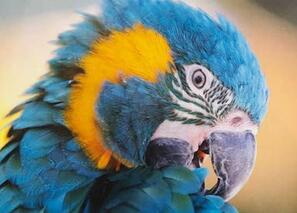 As we ring in this New Year, we wish everyone good health, joy & happiness! What better way to do that than to fill your year with vibrant colors, majestic animals and giving back. As our way of jumpstarting the New Year we are having a Sale on our Aurifil Thread Club! Spaces are limited, so don't delay! (Click here for more full info & registration) You will get 36 lg. coordinating Aurifil thread spools, 3 each month in a rainbow of color sure to brighten your day! Sweetening the pot with a total of 25 exclusive endangered animal patterns over the course of the year: 12 paper pieced, 12 machine embroidery and 1 pattern from Toadally Quilts! On top of all that we have pledged for every sale of the Aurifil Thread Club Membership we will be making a donation to a nonprofit conservation group working to conserve these wild animals, so that they will be around for our children and our children's children! Don't forget you will also be entered to win some goodies along the way, who wouldn't love that. It would also make for a great gift for the quilter in your life, a present sent directly to them every month! We hope you will join us on this fantastic journey of color, patterns and animals! |
AuthorSurface Pattern Designer, Quilt Pattern Designer, Art Quilter, Nature Lover, Wife & Momma to one fur-baby Oscar! Archives
October 2022
Categories |

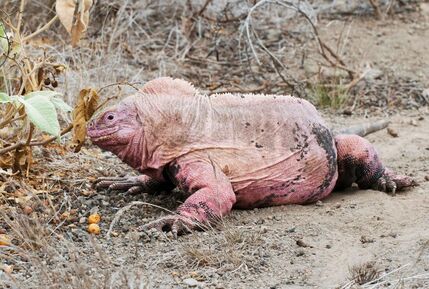
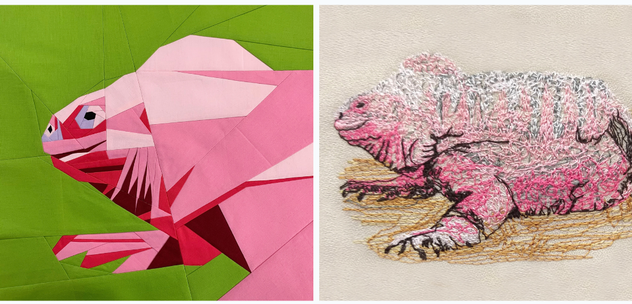
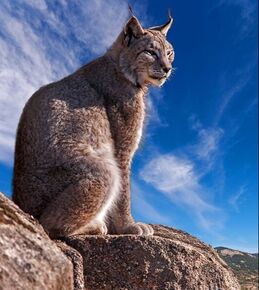
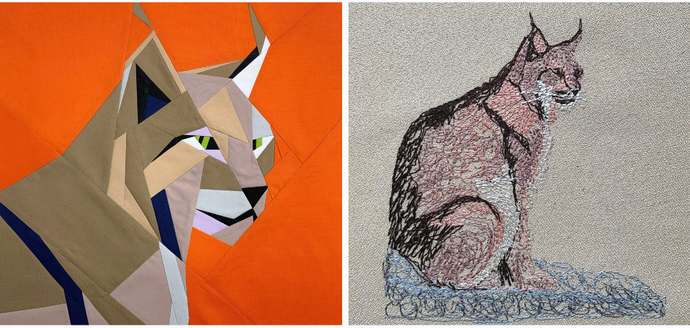
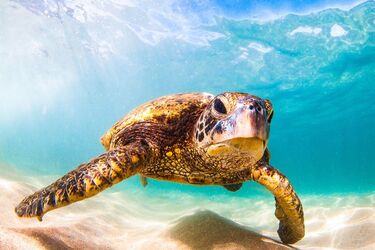
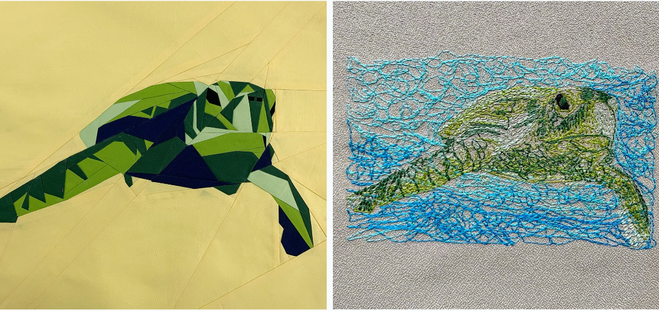

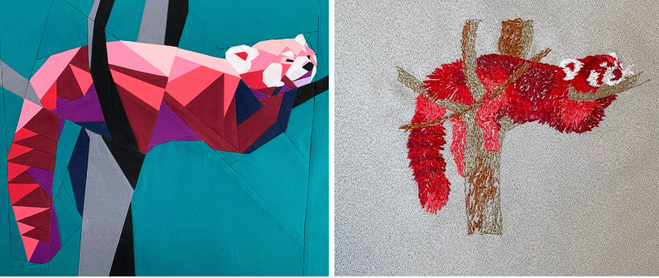
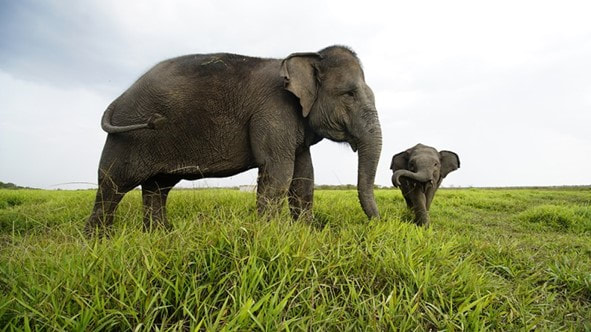

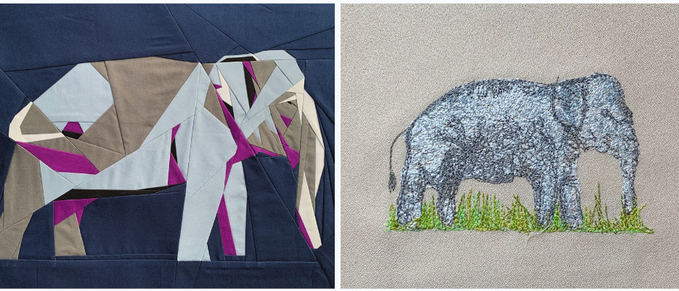

 RSS Feed
RSS Feed